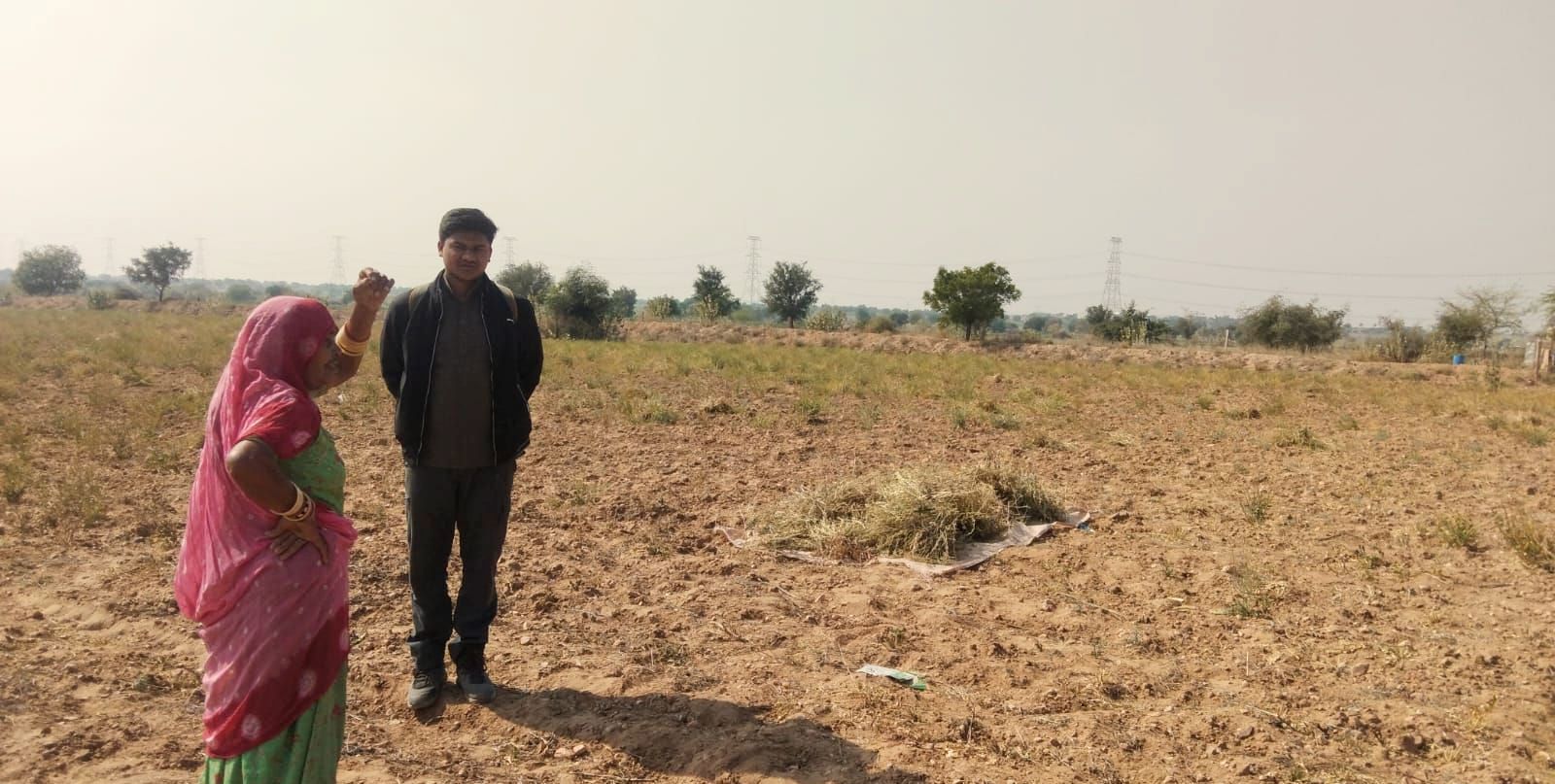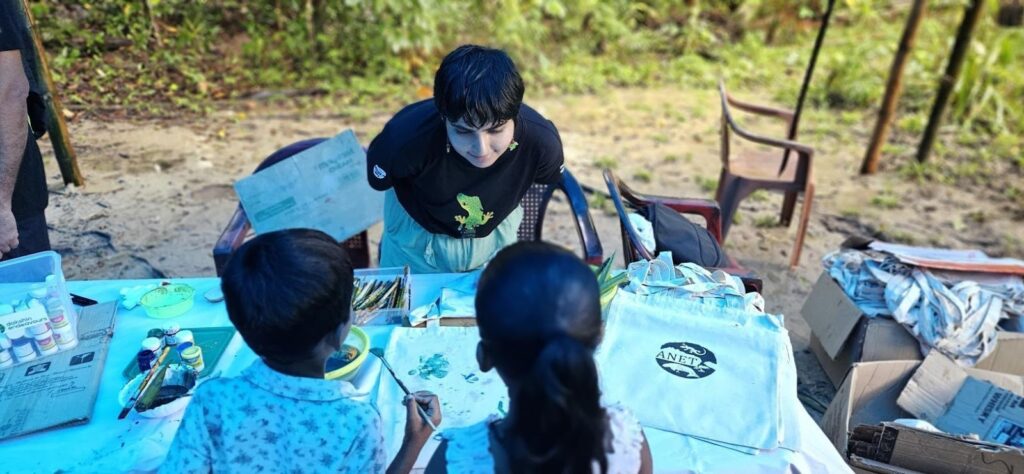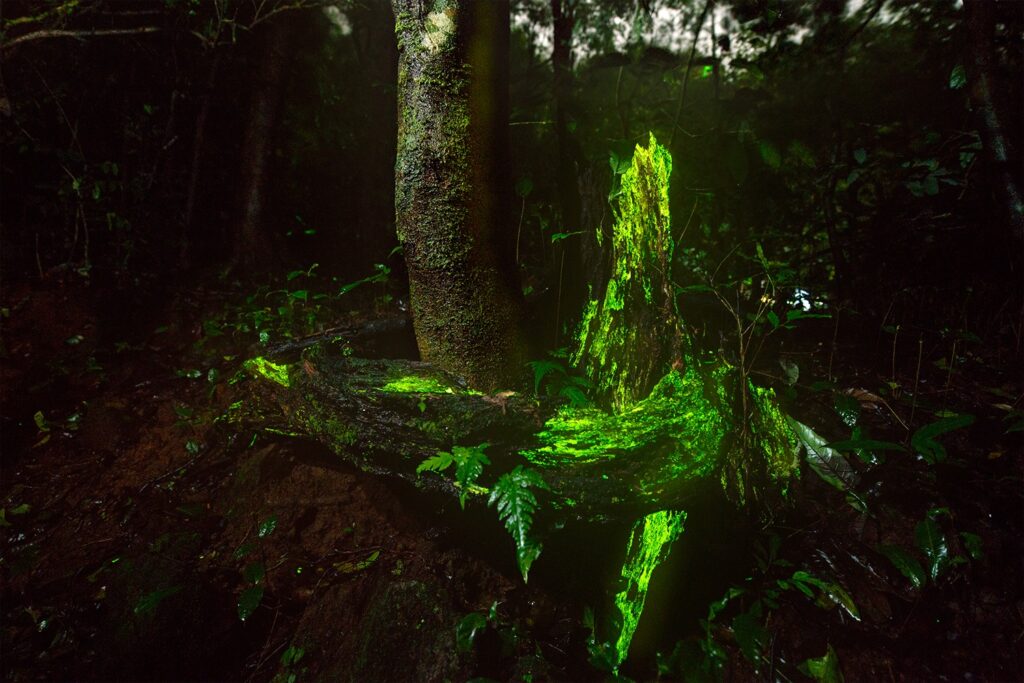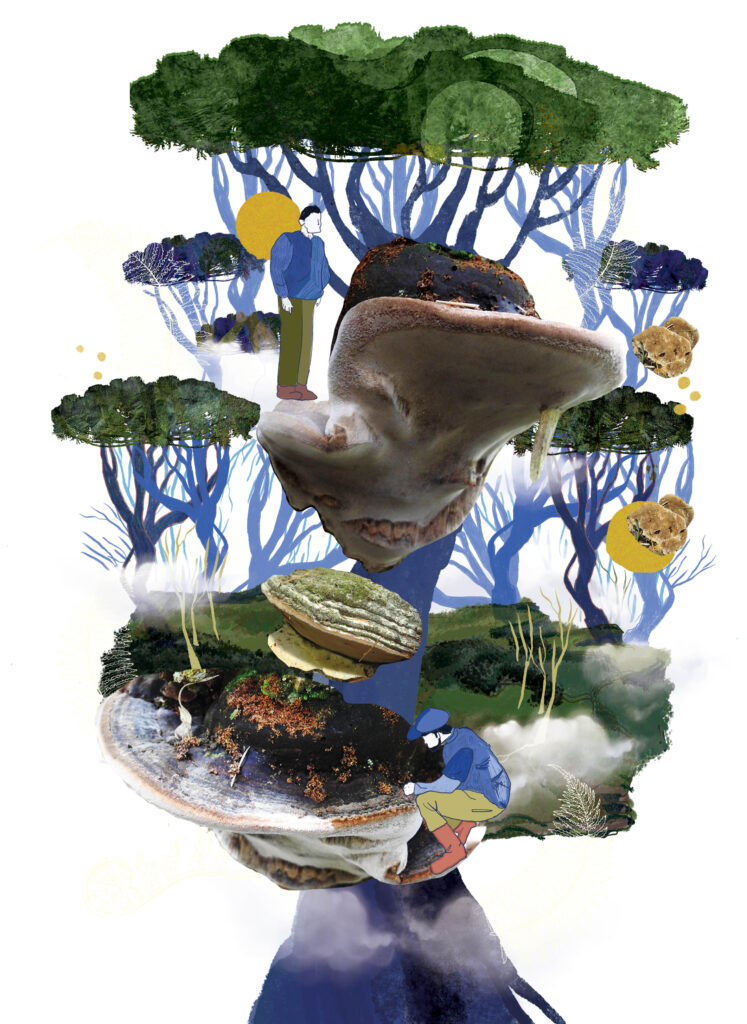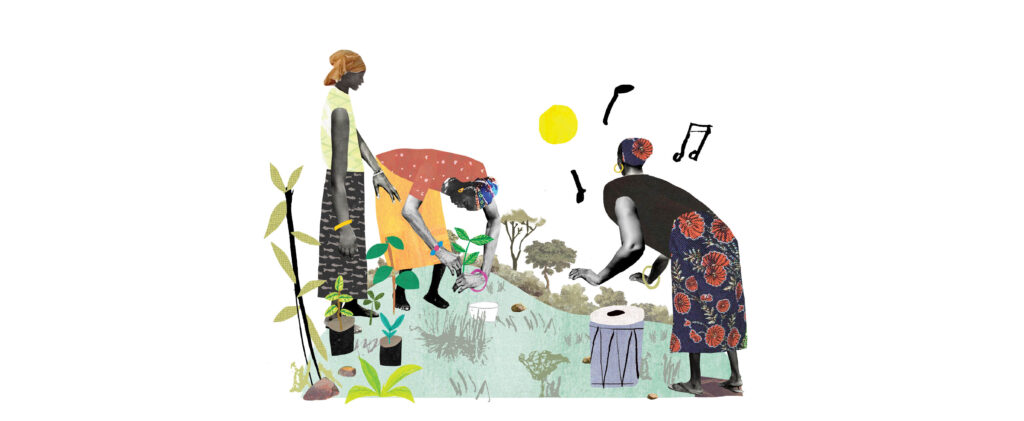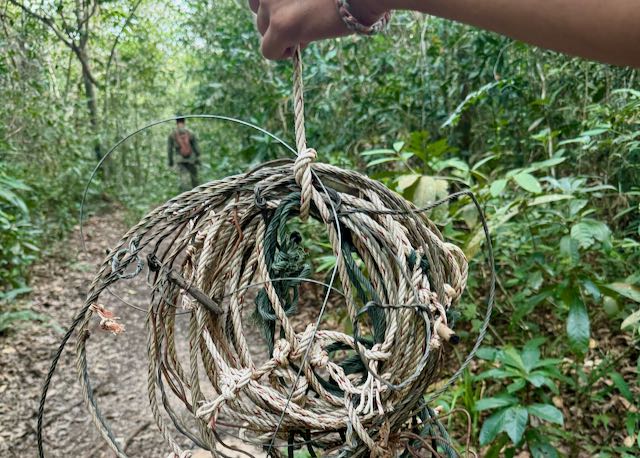Feature image credit: Madanporan Singh
Fieldwork is often intended to be a productive endeavour. Researchers venture out to collect data, record observations, conduct analyses, and draft conclusions. However, some of the most significant lessons fall beyond the realm of quantification. This became evident during my stay in the Thar Desert of Rajasthan, where my research on community-led conservation unexpectedly evolved into a profound personal journey in humility, observation, and active listening.
On my first morning in a small hamlet near Pokhran, I was set to engage with a local self-help group about traditional water conservation methods. Anticipating a formal discussion, I arrived equipped with my notebook, pen, and a mental checklist of questions. Instead, I was warmly invited to sit beneath a khejri tree and offered a glass of chhach (buttermilk). For the next hour, the conversation veered away from ‘resilience frameworks’ and ‘climate vulnerabilities’. Instead, we spoke of cows, weddings, and the quality of the previous year’s bajra (millet).
This experience made me realise that the questions I had brought with me were misaligned with the way people lived their lives and understood their land. While I was focused on categorising institutions and documenting interventions, they were sharing with me an embedded knowledge system that was fluid, oral, and deeply embodied.
One afternoon, I strolled alongside an elder through a parched riverbed. He pointed out various shrubs, naming them: pilu, ber, phog. He described which plants nourished goats, which alleviated stomach aches, and which could endure three years of drought. There were no Latin names or footnotes, yet the depth of ecological wisdom was striking.
A particularly memorable incident occurred in a village called Bhadariya, where a woman shared her community’s efforts to rejuvenate an old taanka—a traditional rainwater harvesting tank. “This is not just a tank,” she remarked, “it is memory.” It served as a vessel for the stories of their ancestors, the songs of their festivals, and a testament to their survival during summers. It dawned on me that while I had been inquiring about climate adaptation, the villagers were discussing remembrance, honouring past struggles, and weaving those lessons into their daily lives. I had sought case studies; instead, they offered philosophies.
One morning, I joined a group of women as they gathered cow dung to prepare mitti ke chulhe (mud stoves). The heat was oppressive, and I felt somewhat uncomfortable. One woman chuckled and said, “You scientists look for solutions in books. We find them in our daily routines.” They were right. What was often deemed ‘waste’ also served as fuel, insulation, compost, and occasionally even medicine. Every object had multiple purposes, and every practice carried an intergenerational rationale. No aspect of their lifestyle was wasteful—not out of romantic idealism, but out of necessity shaped over centuries.
My field notes began to evolve. I started writing fewer bullet points and more dialogues. I paid careful attention not only to what people said, but also to how they expressed themselves—when they paused, what elicited laughter, and when they whispered. Gradually, I transformed from a mere researcher with a recorder into a participant with a heartbeat.
These experiences did more than inform my thesis; they fundamentally reshaped my worldview. I came to understand that conservation was not solely about safeguarding species or landscapes, rather it was about preserving relationships between people and their land, communities and their memories, and labour and dignity.
Today, as I revisit my notes and recordings, I discover that the most valuable insights are not found in data tables or GPS coordinates. They reside in one resident’s words: “This is memory.” I learned in the Thar that memory is a living entity—etched into landscapes, preserved in customs, and transmitted not through reports, but through daily rhythms.
We often refer to the Anthropocene as an era of disruption. However, in places like Bhadariya, disruption is nothing new. What is novel is our readiness to listen. Ultimately, I didn’t merely conduct fieldwork; the field had a profound impact on me.
Further Reading
Sharma, P. K., S. Srivastava and M. Chandauriya. 2022. Indigenous knowledge and traditional practices for water resource management in Rajasthan, India. In: Traditional ecological knowledge of resource management in Asia (eds. Rai, S. C. and P. K. Mishra). Pp 137–157. Cham: Springer. https://doi.org/10.1007/978-3-031-16840-6_9.
Singhal, H. 2024. Understanding the Role of Community-Based Organisations in Climate Change Adaptation in the Thar Desert, Rajasthan, India. Master’s thesis: Ashoka Trust for Research in Ecology and the Environment. TDU.
Swami, A., Rajni and P. Hemrajani. 2023. People and culture of the Thar Desert. In: Natural resource management in the Thar Desert region of Rajasthan (eds. Varghese, N., S. S. Burark, and K. Varghese). Pp 25–53. Cham: Springer. https://doi.org/10.1007/978-3-031-34556-2_2.
Vijayan, A. S. 2023. Community land management in the Thar Desert. In: Natural resource management in the Thar Desert region of Rajasthan (eds. Varghese, N., S. S. Burark, and K. Varghese). Pp 209–234. Cham: Springer. https://doi.org/10.1007/978-3-031-34556-2_9.
